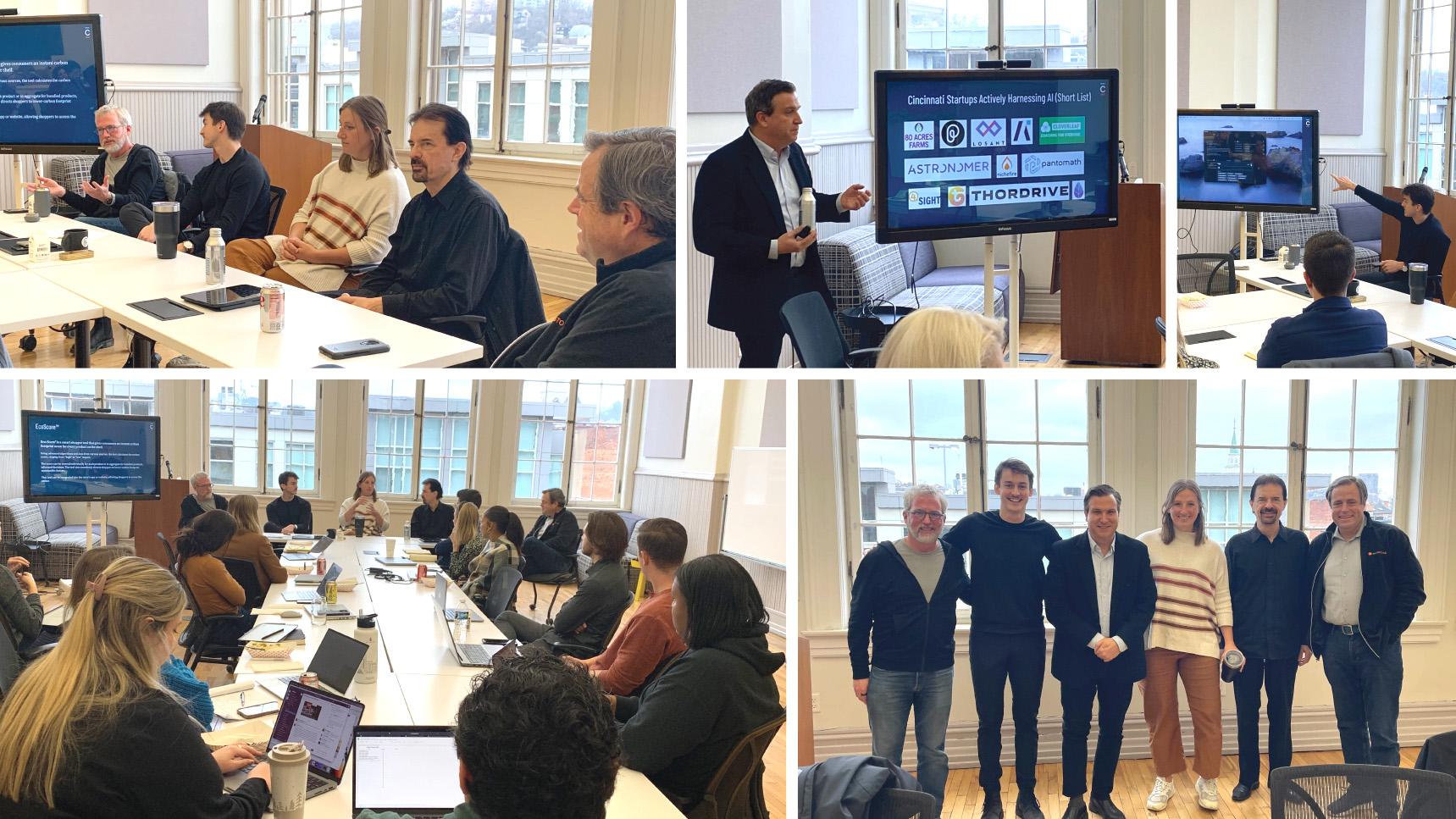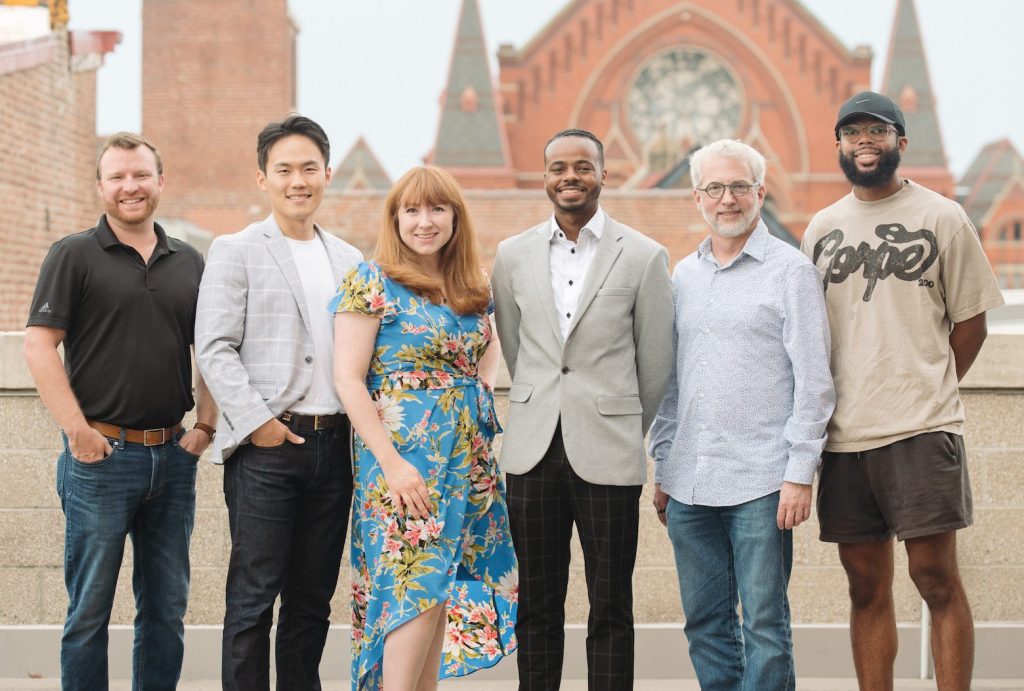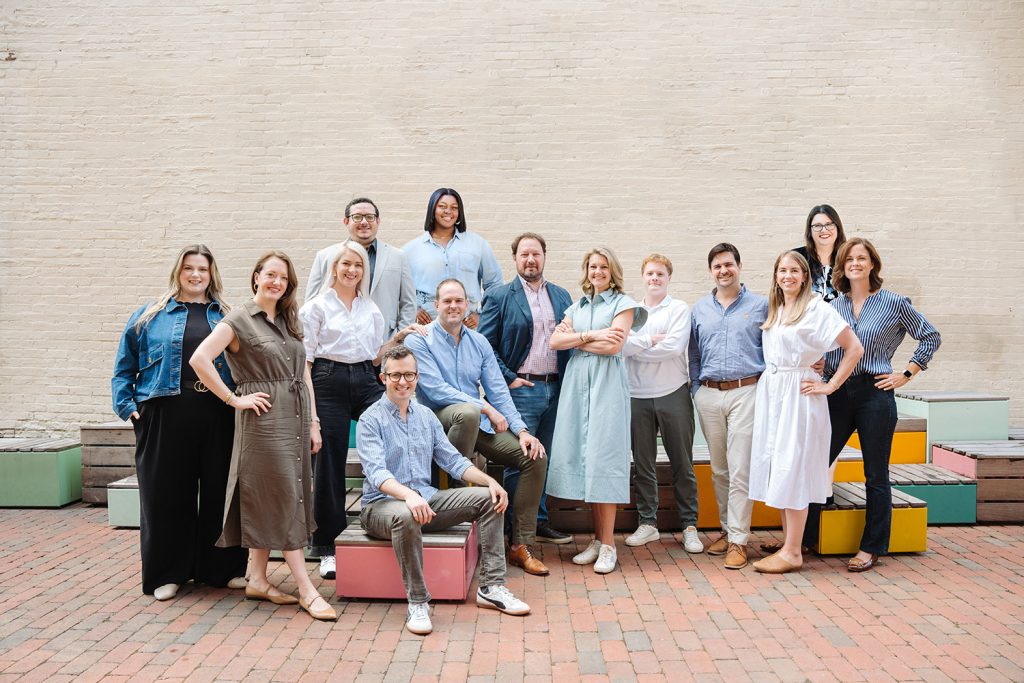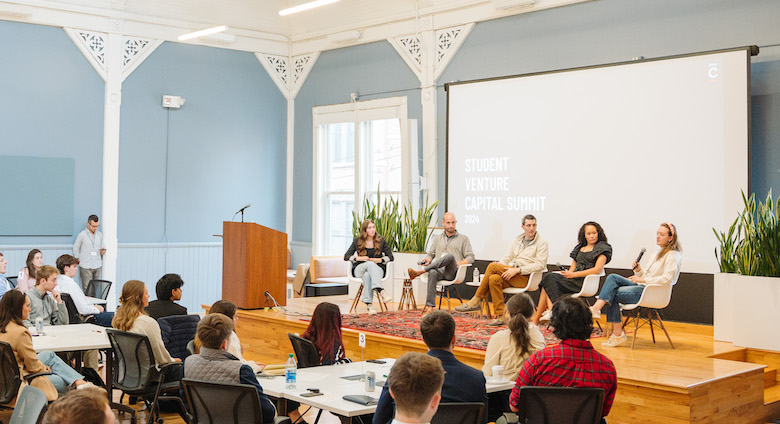2023 promises to be another big year for the march of technology. There are so many tech transformations underway—both CES 2023 and Davos loudly confirmed this. Most are not new but they are finding a tipping point we can’t ignore, and startup opportunities are abundant across all five.
During a recent internal panel on AI: Artificial Intelligence Is Really Here! Now What?, the startup opportunities became undeniable. From simulating creative testing to market validation, the opportunities are endless.
Kicking off with AI, here are the five tech developments that top my list:
AI Everywhere
Artificial intelligence is fast penetrating all aspects of everyday life. Don’t blink. From virtual assistants that can answer your questions and control your smart home devices, to AI-powered personal shopping assistants, we can expect to see more and more ways that AI will make our lives easier and more convenient. This will also raise difficult questions we need to carefully think through. Importantly, the launch of OpenAI’s ChatGPT is fundamentally changing and disrupting how people search. As I wrote in Ad Age, we’re marching toward “single response” search powered by generative AI. This has massive implications for brands as AI’s “digital memory” is not always in sync with desired brand narrative. AI and machine learning is also transforming key sectors including fintech, sustainability, and healthcare. On the health front, for example, it used to analyze large amounts of data, such as medical records and diagnostic images, to help doctors make more accurate diagnoses and treatment decisions. From healthcare and transportation to startups in the ideation phase, Professor Glenn Platt at Miami University said, “There’s not a company in this ecosystem that isn’t going to benefit from this technology”—and I couldn’t agree more.
Our panelists discussed some of the top ways startups are using AI. According to Erika Penrose with CourtAvenue, Generative AI is helping speed up the Product Validation and Creative Testing processes through:
- Customer insights: AI can analyze customer data and feedback to determine which features and functions are most important, and help validate product ideas.
- Predictive modeling: AI can use past data to predict future customer behavior, helping startups determine the potential success of new product ideas.
- Ad testing: AI can automate and optimize ad testing, helping startups validate the impact of different messaging, images, and videos.
- Predictive analytics: AI can analyze past data to predict future consumer behavior, helping startups determine which creative campaigns are likely to be most successful.
In addition to its predictive capabilities, startups are also leveraging AI for initial concepting. Starting with image and speech recognition, allowing them to develop innovative products in various industries such as healthcare, retail, and security. Panelist Michael Beck with Code for Kids emphasized this point saying it’s, “great for brainstorming and stimulating your creativity.”
Connected Health
Speaking of which, expect to see continued rapid growth in “Connected Health” starting with telemedicine—the use of technology, such as video conferencing and remote monitoring, to provide healthcare services remotely. COVID-19 significantly accelerated this area, and it’s becoming increasingly popular as a way for patients to receive care from the safety of their own homes. We’re also seeing the rise of digital therapeutics—software-based treatments that use technology such as mobile apps, virtual reality, and wearables to improve patient outcomes. These digital therapies can help patients with chronic conditions such as diabetes, heart disease, and mental health conditions to better manage their conditions, and improve their overall quality of life. “Care will be delivered in new and surprising ways in the next decade,” Mike Venerable of Cincinnati venture firm CincyTech explained to me. “Extending care beyond traditional brick and mortar spaces benefits patients, relieves labor challenges for providers, and reduces costs.” Enable Injections (on-body) infusions, IncludeHealth (BYOD remote MSK care), and Clarigent (behavioral health screening anywhere) all emerged from CincyTech’s partnership with Cincinnati Children’s.
The Sprouting of Regenerative AgTech
This was big at last week’s World Economic Forum in Davos, Switzerland, and for good reason. Regenerative Agtech aims to create a self-sustaining and regenerative ecosystem that can support long-term food production. This is achieved through the use of practices such as composting, intercropping, and agroforestry, which help to improve soil health, increase biodiversity, and reduce the use of synthetic inputs such as genetically modified organisms (GMOs). Importantly, regenerative Agtech can help mitigate the effects of climate change. If you carefully read the LinkedIn posts of major food giants like my former employer Nestle), you’ll see a great deal of focus here. We also see key building blocks of the regenerative Agtech movement in local startups like 80 Acres Farms. While they don’t technically rotate crops, this “hydroponics” leader uses zero pesticides, 95% less water, and deploys AI in highly sophisticated ways in pursuit of perfect lettuce, strawberries, and more.
The Greening of IoT
The explosion of IoT is bringing tremendous efficiencies to how we use machines, turn-on-lights, and conserve energy. Connected devices and sensors can collect and analyze data on energy consumption, environmental conditions, and resource use. This can lead to informed decisions about how to reduce their carbon footprint and mitigate the effects of climate change. One startup I admire in this space is Cincinnati based Losant which enabled customers such as the Greater Cincinnati Regional Airport (CVG) to build and scale compelling IoT applications. “We see IoT-driven solutions as the enabling technology for sustainability solutions,” added Venerable of CincyTech, an investor in Losant. “Data drives monitoring, interventions, and also critical reporting that is increasingly required in all jurisdictions.” On other fronts, IoT-enabled devices can be used to monitor and control energy consumption in buildings. It can also enable “smart transportation” as you can optimize traffic flow, reduce emissions from vehicles, and improve public transportation systems. And let’s not forget that IoT devices can be used to monitor and optimize the performance of renewable energy systems, such as solar panels and wind turbines.
Games (Not Hype) Propel the Metaverse
Last week while attending the Annual Meeting of Revolution Ventures, I heard a presentation by tech pioneer and sports-team owner Ted Leonsis talk about the massive growth of eSports. He even gave us a sneak preview of a special eSports area (District E) he’s building in the Washington DC-based Capital One Center. eSports continue to own the attention of our youth, and means to “metaverse” will keep taking off (albeit sans hype…or crypto jargon). Virtual worlds are real, full stop, and the gaming industry is helping to advance the concept of the metaverse through the development of virtual and augmented reality technologies, social and multiplayer games, game engines, and blockchain-based gaming. One of my favorite local startups is Bloxsmith, founded by a Miami student (and former Cintrifuse intern Blake Faulkner), which is an innovative marketplace for metaverse game developers. I’m also a big fan of Cincinnati-based InnoVationGirls, which uses game mechanics to develop next-generation metaverse experiences. Oh, and it’s all led by digitally savvy girls from 12-18.




